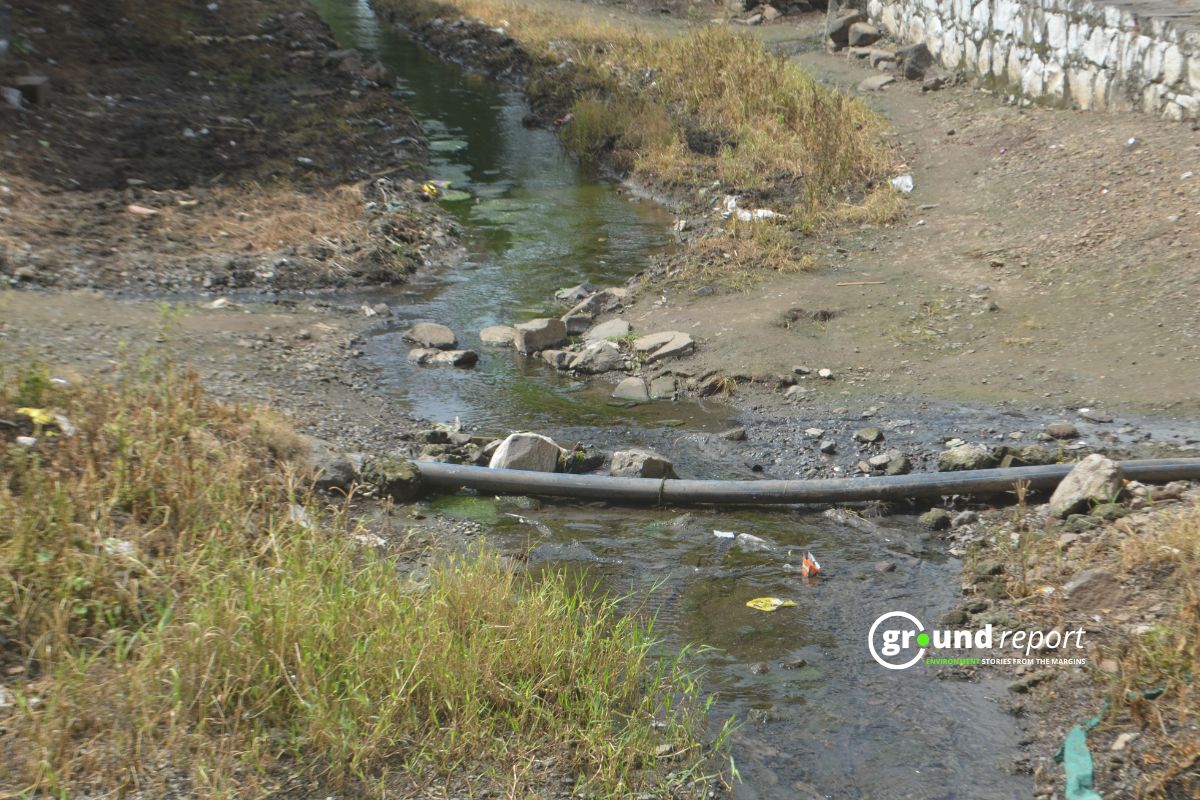Antarctica’s ice shelves are melting, rapidly. A record 48 Antarctic ice shelves have shrunk by at least 30% since 1997, according to a new study published in the journal Scientific Advances. The study reveals that almost half of the shrinking ice shelves are showing “no sign of recovery.” Overall, scientists suggest, that more than 40% of Antarctica’s ice shelves have shrunken in the past 25 years.
Data from the study suggests that of the continent’s 162 ice shelves, 68 show “significant shrinking between 1997 and 2021.” Another nine ice sheets saw smaller losses over the same period, while 29 gained mass and 62 did not change significantly.
The scientists used high-resolution satellites to produce datasets of yearly changes in ice for all Antarctic ice shelves from 1997 to 2021. The study estimates that close to 67 trillion tonnes of freshwater was released into the ocean over the 25-year period. This affected/ing the ocean currents that transport heat and nutrients around the world.
What are ice shelves?
An ice shelf is a floating extension of land ice. The Antarctic continent is surrounded by ice shelves. They cover more than 1.561 million square kilometres, fringing 75% of Antarctica’s coastline. The ice shelves are known to cover 11% of the continent’s total area and receive 20% of its snow. The ice shelves sit at the end of glaciers and slow their rate of flow into the sea. When they shrink, glaciers release larger amounts of freshwater into the sea which can disrupt the currents of the Southern Ocean.

How is climate change impacting Antarctica’s ice shelves?
Ice shelves around the Antarctic Peninsula are retreating. These ice shelves are warmed from below by changing ocean currents, thinning them and making them vulnerable. During warm summers, ice shelves calve large icebergs – and in some cases, can catastrophically collapse.
Climate change is driving rapid changes in atmospheric and ocean conditions. Ice shelves, which are low-elevation plains- experience widespread and often intense surface melting, making them particularly sensitive to climate-related changes. As a result, ice shelf surface melting is projected to intensify this century, potentially increasing the risk of ice shelf disintegration.
Dr Benjamin Davison, an expert in Earth observation and the study’s lead, told The Guardian,
“There is a mixed picture of ice-shelf deterioration, and this has to do with the ocean temperature and ocean currents around Antarctica. The western half is exposed to warm water, which can rapidly erode the ice shelves from below, whereas much of east Antarctica is currently protected from nearby warm water by a band of cold water at the coast.”
In simpler terms, warm water on the western side of Antarctica has been melting ice. Whereas, in the east, ice shelves have either stayed the same or grown as the water is colder there. The study also revealed that approximately 7.5 trillion tonnes of ice from Antarctica’s ice shelves were lost in the past 25 years.
Support us to keep independent environmental journalism alive in India.
Keep Reading
Part 1: Cloudburst in Ganderbal’s Padabal village & unfulfilled promises
India braces for intense 2024 monsoon amid recent deadly weather trends
Follow Ground Report on X, Instagram and Facebook for environmental and underreported stories from the margins. Give us feedback on our email id greport2018@gmail.com.
Don’t forget to Subscribe to our weekly newsletter, Join our community on WhatsApp, and Follow our YouTube Channel for video stories.









